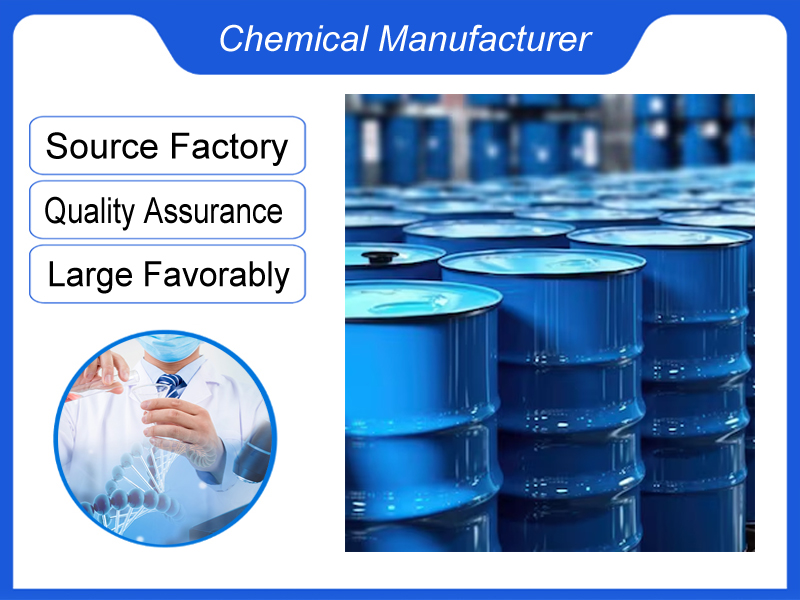
phenol
140-66-9
C14H22O
Phenolic compounds, sometimes abbreviated to octylphenol, are weakly acidic and are capable of electrophilic substitution reactions (e.g., halogenation, nitration, sulfonation, etc...
Category:Paint chemicals
Introduction
140-66-9
C14H22O
Phenolic compounds, sometimes abbreviated to octylphenol, are weakly acidic and are capable of electrophilic substitution reactions (e.g., halogenation, nitration, sulfonation, etc.), oxidation reactions (to produce the corresponding quinone), ether-forming reactions, and esterification reactions
| Name | 4-tert-octylphenol |
| Synonyms | PTOP 4-octylphenol P-T-OCTYL PHENOL P-TERT-OCTYLPHENOL 4-TERT-OCTYLPHENOL 4-tert-octylphenol p-(tert-octyl)-pheno PARA-TERT-OCTYLPHENOL Phenol, p-(tert-octyl)- 4-(DI-ISO-BUTYL) PHENOL 4-(1,1,3,3-TETRAMETHYLBUTYL)PHENOL P-(1,1,3,3-TETRAMETHYLBUTYL)PHENOL 4-(1,1,3,3-tetramethylbutyl)-pheno p-(1,1,3,3-tetramethylbutyl)-pheno 4-(1,1,3,3-Tetramethylbutyl)phenol P-(1,1,3,3-TETRAMETHYL-N-BUTYL)PHENOL Phenol, p-(1,1,3,3-tetramethylbutyl)- |
| CAS | 140-66-9 |
| EINECS | 205-426-2 |
| InChI | InChI=1/C14H22O/c1-2-3-4-5-6-7-8-13-9-11-14(15)12-10-13/h9-12,15H,2-8H2,1H3 |
Physico-chemical Properties
| Molecular Formula | C14H22O |
| Molar Mass | 206.32 |
| Density | 0.95 g/cm3 (20℃) |
| Melting Point | 79-82°C(lit.) |
| Boling Point | 175°C30mm Hg(lit.) |
| Flash Point | 145°C |
| Water Solubility | 7mg/L at 20℃ |
| Solubility | Insoluble in water, soluble in ethanol, toluene, acetone and other organic solvents. |
| Vapor Presure | 2Pa at 38℃ |
| Appearance | White solid |
| Color | White flakes |
| BRN | 513992 |
| pKa | 10.15±0.15(Predicted) |
| Storage Condition | -20°C |
| Stability | Stable. Incompatible with strong oxidizing agents, strong bases. |
| Refractive Index | 1.5003 (estimate) |
| MDL | MFCD00002368 |
| Use | Widely used in the manufacture of oil-soluble phenolic resins, surfactants, adhesives, etc |
Risk and Safety
| Risk Codes | R21 – Harmful in contact with skin R38 – Irritating to the skin R41 – Risk of serious damage to eyes R50/53 – Very toxic to aquatic organisms, may cause long-term adverse effects in the aquatic environment. R67 – Vapors may cause drowsiness and dizziness R66 – Repeated exposure may cause skin dryness or cracking R36 – Irritating to the eyes R11 – Highly Flammable R52/53 – Harmful to aquatic organisms, may cause long-term adverse effects in the aquatic environment. R68 – Possible risk of irreversible effects R62 – Possible risk of impaired fertility R40 – Limited evidence of a carcinogenic effect |
| Safety Description | S26 – In case of contact with eyes, rinse immediately with plenty of water and seek medical advice. S36 – Wear suitable protective clothing. S61 – Avoid release to the environment. Refer to special instructions / safety data sheets. S60 – This material and its container must be disposed of as hazardous waste. S39 – Wear eye / face protection. S16 – Keep away from sources of ignition. S9 – Keep container in a well-ventilated place. |
| UN IDs | 2430 |
| WGK Germany | 2 |
| RTECS | SM9625000 |
| HS Code | 29071300 |
| Hazard Class | 8 |
| Packing Group | III |





